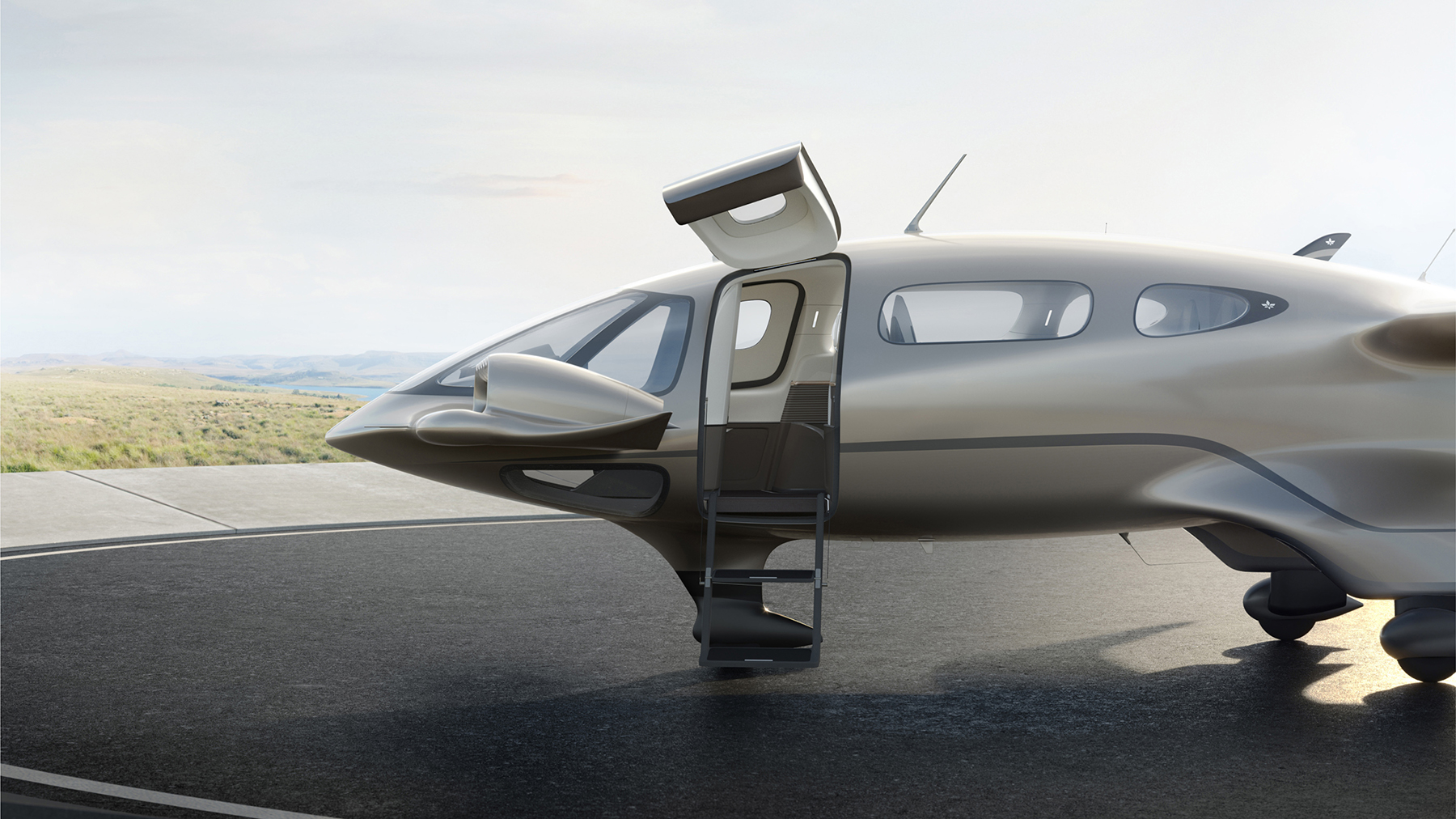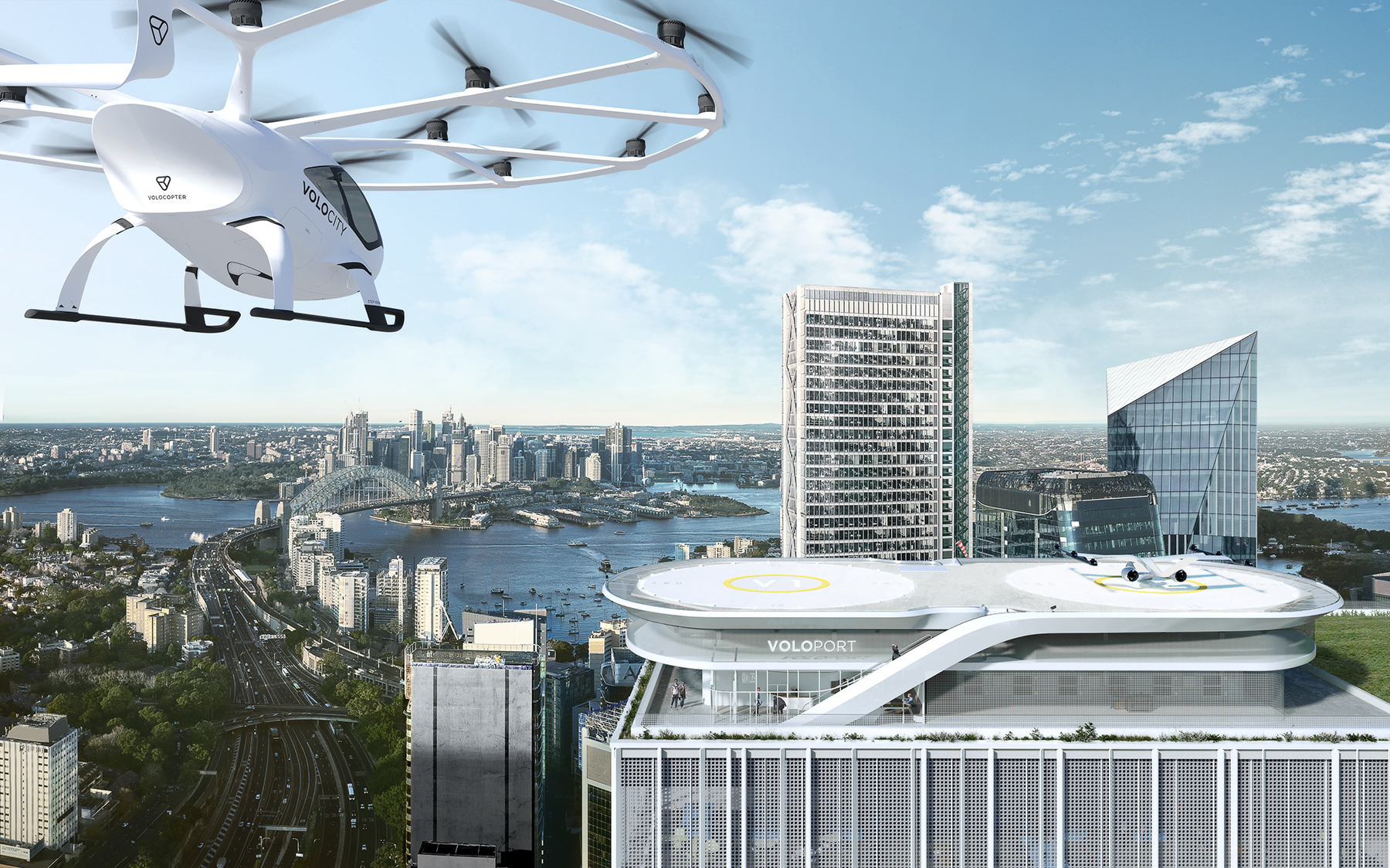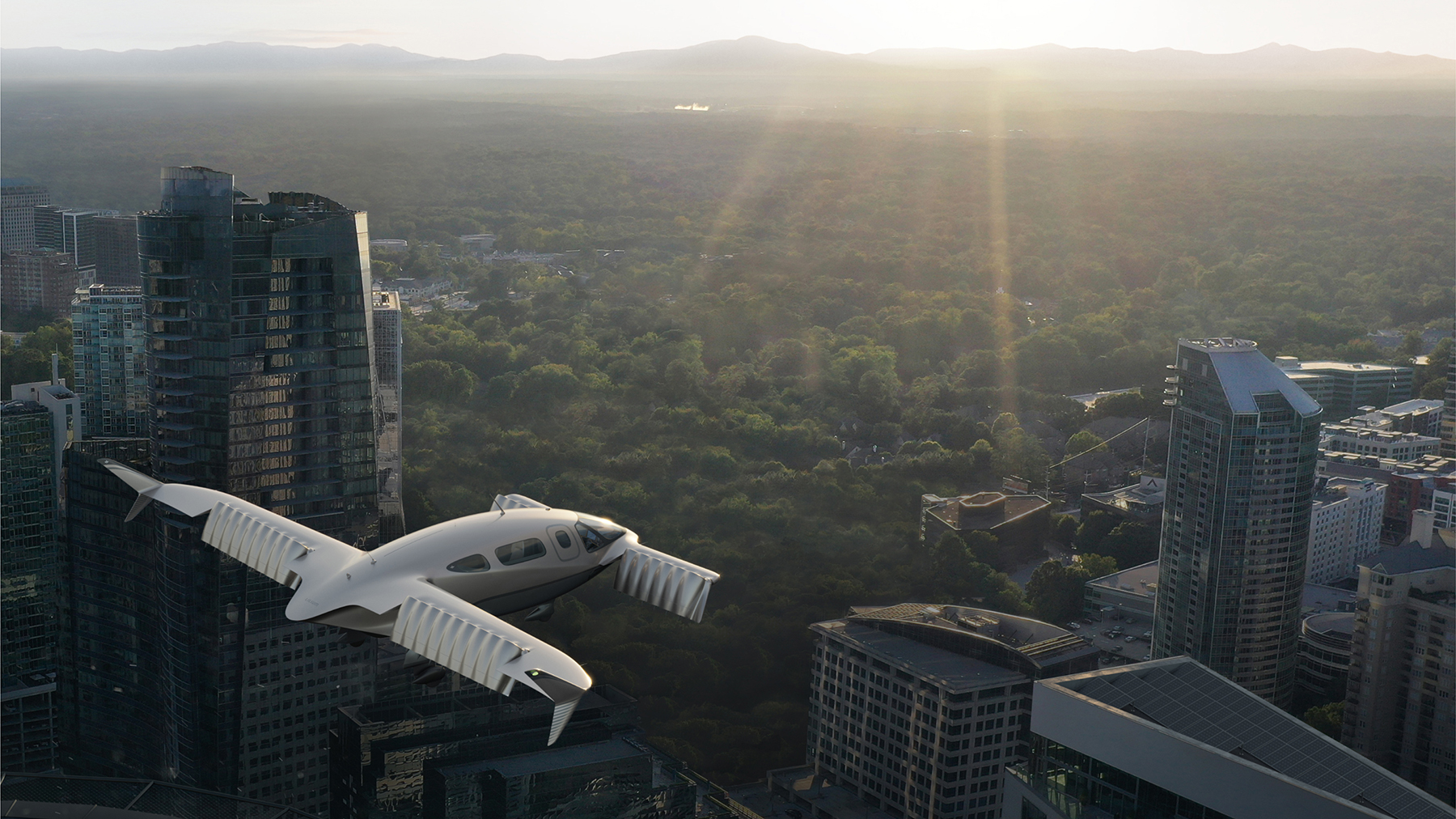By Kayt Sukel
This past summer, the 54th annual Paris Air Show showcased the latest and greatest in advanced air mobility solutions, highlighting that several companies now have promising electric vertical takeoff and landing — commonly referred to as eVTOL — prototypes. Many of those organizations are currently working toward certification from the Federal Aviation Administration, the European Union Aviation Safety Agency, and other national aviation safety organizations with the hopes of taking to the skies within the next few years.
But while international marketing organizations like Deloitte are incredibly bullish on the future AAM market — with many estimating that it will be in the hundreds of billions, if not trillions of dollars within the next decade or two — there’s just one question that haunts the entire industry: Where exactly will eVTOL aircraft take off and land?

“These aircraft have the potential to help with increased passenger congestion, particularly in urban areas,” says Ajay Chavali, head of the commercial AAM practice at Deloitte. “There’s a need in big cities for better transportation options. That’s why there’s so much excitement around the concept of eVTOLs — because they can easily take off and land in an urban environment, with little pollution or noise.”
Different AAM companies are proposing different use cases. Archer Aviation sees itself as the Uber of the skies, providing electric air taxi services from city centers to airports. It recently announced a partnership with United Airlines to create such a route in Chicago. Joby Aviation is working with Delta Air Lines to find a way to support home-to-airport transport in cities like New York and Los Angeles. And several AAM manufacturers have announced plans to fly their aircraft during the Los Angeles Olympics in 2028.
But before such plans can become reality, the associated airports need to prepare themselves to support AAM operations. David Reich, the deputy executive director of mobility planning and strategy at Los Angeles World Airports, says airports like Los Angeles International are still trying to understand the “timing, scale, and impact” of future AAM operations.
“Right now, there are more questions than answers — particularly with regards to timing,” says Reich. “Some companies hope to receive all the requisite FAA safety certifications, which includes aircraft type and production certification, by 2025. But there are still a lot of open questions about how these aircraft will interact in the really complicated and congested airspace that exists around LAX.”
Designing a vertiport
In May, the FAA released an updated yet still evolving blueprint for airspace and procedure changes to manage future air taxi services. According to an FAA news release, eVTOLs should expect to leverage existing helicopter infrastructure — at least at first.
“Under the blueprint, AAM operations will begin at a low rate with air taxis flying much as helicopters do today,” the news release says. “They’ll use existing routes and infrastructure such as helipads and early vertiports.”
AAM manufacturers are already providing their visions for future vertiports. Volocopter, a Munich-based company, has developed a design for the VoloPort, a “cost-efficient, modular, and flexible” platform that can be adapted for use, depending on the location where it is needed. Sebastian Mores, the chief technology officer at Volocopter, says that organizations like the FAA and EASA, in partnership with cities and regional governments, will be the ones to ultimately determine the regulations that will tell them what the required infrastructure will be.

“What that infrastructure might be is dependent on the location,” Mores says. “The landing spot could be at the airport, it could be on a building rooftop, or might even be like what we have already in Paris, a floating pad on the water — but it will all have to be done according to specification.”
Lilium, another German AAM company, has also developed plans for a scalable vertiport and has partnered with a vertiport design and management company, Urban V, to develop sustainable takeoff and landing areas in the French Riviera. Daniel Wiegand, co-founder and CEO at Lilium, says designing the vertiport of the future will require collaboration between eVTOL manufacturers, aviation safety agencies, local governments, airport authorities, and other infrastructure partners. No two may be exactly the same.
Lilium has established partnerships with charging companies, cities, and other key infrastructure partners to help facilitate the right kind of vertiports. Wiegand says that there is a growing ecosystem of stakeholders — but many are working independently of one another, which can get in the way of the right regulations and planning.
“We need to come together to come to the right solution,” says Wiegand. “But I see the aviation ecosystem is slowly and steadily wrapping their arms around the eVTOL industry and trying to integrate into our travel infrastructure because people really do see eVTOL as an aviation segment that will be one of the biggest markets in the future.”
Basic requirements for vertiports
While Reich appreciates that the FAA and other aviation safety players are thinking about how to build vertiports to support AAM travel, he says the plans are quite short on details. Many companies are eager to set something up at LAX because it’s a ready market for passengers who want to avoid the city’s infamous gridlock. But he says any new infrastructure improvements to support eVTOL aircraft are “challenged” by the airport’s terminal infrastructure that resides between two large parallel runways.

“Any time an eVTOL would get close to existing commercial aircraft flight paths, that would introduce a significant safety risk,” Reich explains. “Maybe that’s surmountable, but we still have to do a lot of work to understand what those procedures will be and what has to be done to support them.”
There are other issues to contend with beyond flight paths, says Reich. AAM infrastructure stakeholders must carefully consider conveyance — how passengers will get from eVTOLs to commercial aircraft — and power. Reich says while he is confident the FAA will manage any necessary processes to ensure AAM travel is safe for passengers, crew, and aircraft, how exactly such processes will be implemented remains up in the air. He added that it will likely take an organization investing in a low-scale operation to demonstrate how to best support the passenger experience.
That said, Reich cautions that industry stakeholders should not overlook power as a significant infrastructure challenge.
“The eVTOL aircraft operate on batteries, and it would be desirable to recharge them at vertiports. That requires significant power infrastructure, and building that out can have long lead times,” says Reich. “So, after understanding how these aircraft will work from an aerospace perspective, we still need to figure out how to distribute power from the grid to the vertiport location.”
With so much investment in AAM, most stakeholders agree it is just a matter of time before the key players work out the details to support eVTOL travel. Reich is confident that, with such high interest in AAM, the FAA, manufacturers, airlines, local government partners, and others will continue to “interface” to figure it out. Deloitte’s Chavali agrees.
“There’s been a huge leap in technology to create these aircraft — and the progress is very exciting,” Chavali says. “But there’s still a lot of work that needs to be done to build out the required AAM infrastructure. There’s a lot of mechanics around building that. There are public acceptance challenges to that. Communities will be disrupted by it. So, as we continue to think about vertiports, we have to understand that it may be a model that is going to need to evolve.”
This article is published by Civil Engineering Online.
ASCE has reunited with MacGillivray Freeman Films for another giant-screen feature film, Cities of the Future. To learn more about the future of the built environment and the movie, which features eVTOL technology such as this, visit the Future World Vision website.



